Living under the radar in a tiny house isn’t just a cute trend; it’s a way of life that is about living simply, being independent, and being kind to the Earth. Many people are interested in it because they want to save a buck, go green, and spend time in the wilderness. This transition, though, does require a little planning and being wise about certain choices. If you’re thinking of building a self-sufficient tiny house, here is some information required.2
1. Solar Power for Your Home (Maybe Wind, Too)
This is one of the biggest challenges faced by the off-grid lifestyle: finding a source of electricity for your home. Solar is usually the go-to for tiny homes because it’s dependable, flexible, and way more affordable than it used to be. A good setup includes solar panels and a battery system — lithium batteries are popular, but there are other options too. This combo can handle your lights, fridge, and gadgets just fine.
To make the most of it, design your energy use around the sun. Use energy-efficient appliances, go with LED lights, and think about adding a backup generator just in case. If you live in a windy area, a small wind turbine could be a nice extra boost.
2. Collecting and Cleaning Your Own Water
If you’re going off-grid, you’ll need your own water supply. Rainwater collection is a great solution. You can catch water off your roof and store it in tanks or barrels. Just make sure your setup filters out leaves and gunk before the water gets stored.
From there, you’ll want to clean the water so it’s safe to drink. A mix of sediment filters, carbon filters, and maybe even a UV or ceramic filter will do the trick. If you’re lucky enough to have a well or a spring on your land, you can set up a pump system and use that too.
3. Heating and Cooling Without the Grid
Tiny homes don’t need much energy to heat or cool, but you’ll still want to stay comfortable. Wood stoves are a favourite — they keep things warm and some even double as a cooking surface. In warmer spots or as a backup, propane heaters or solar-powered heaters work well.
To beat the heat in summer, go for natural cooling methods. Good insulation, some shade, and cross-breezes through open windows can help a lot. Ceiling fans or wall fans hooked up to your solar system are great for moving air around without eating up too much power.
4. Dealing with Waste the Right Way
Managing waste is a big part of living off-grid. Composting toilets are super popular because they don’t need plumbing or water and turn waste into compost. For water from sinks and showers (called greywater), you can reuse it to water plants if you filter it and check what your local rules allow.
Try to cut down on trash as much as possible. Buy in bulk, skip the overly packaged stuff, and compost your food scraps. The less you throw away, the easier it is to manage.
5. Growing Your Own Food
If you really want to be self-sufficient, growing your own food is a big win. Even with limited space, you can do a lot with raised beds, container gardens, and vertical setups. Herbs, leafy greens, tomatoes, and root veggies all do well in small spaces.
If you’ve got the space and you’re up for it, raising a few chickens or keeping bees can add eggs and honey to your off-grid lifestyle.
Wrapping It Up
Going off the grid in a tiny house is totally doable, and it can be incredibly rewarding. With the right setup and a little know-how, you can build a home that’s powered by the sun, stocked with fresh food, and not tied to big utility bills. Whether you’re going all-in or just want to be more self-reliant, these steps will help you build a life that’s simpler, greener, and more your own.


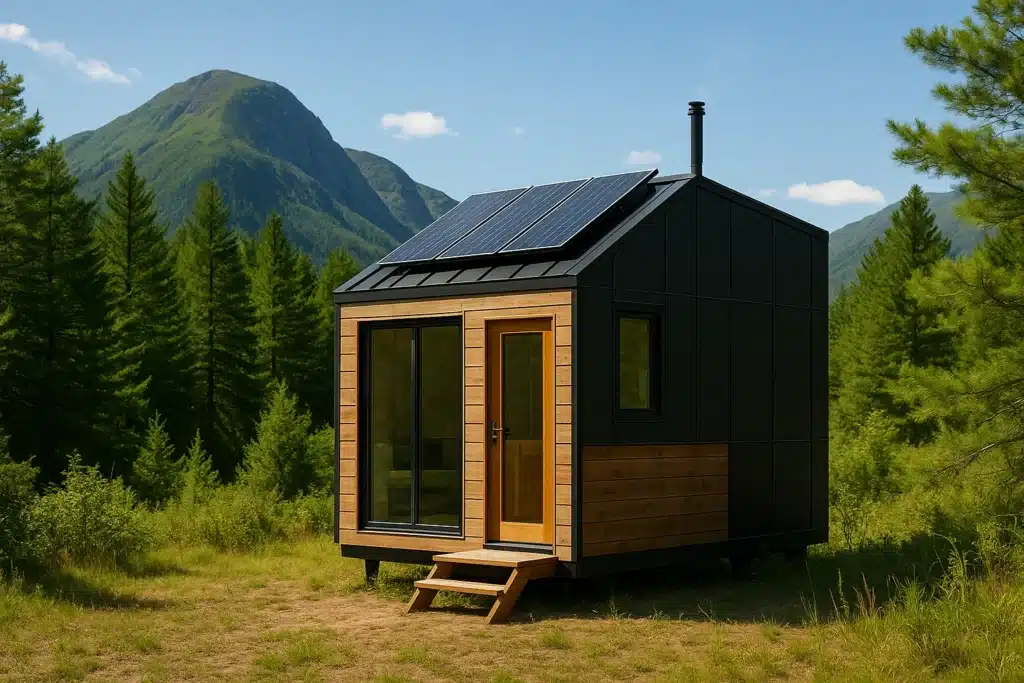


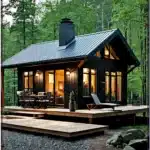
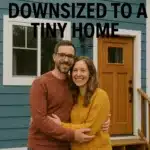
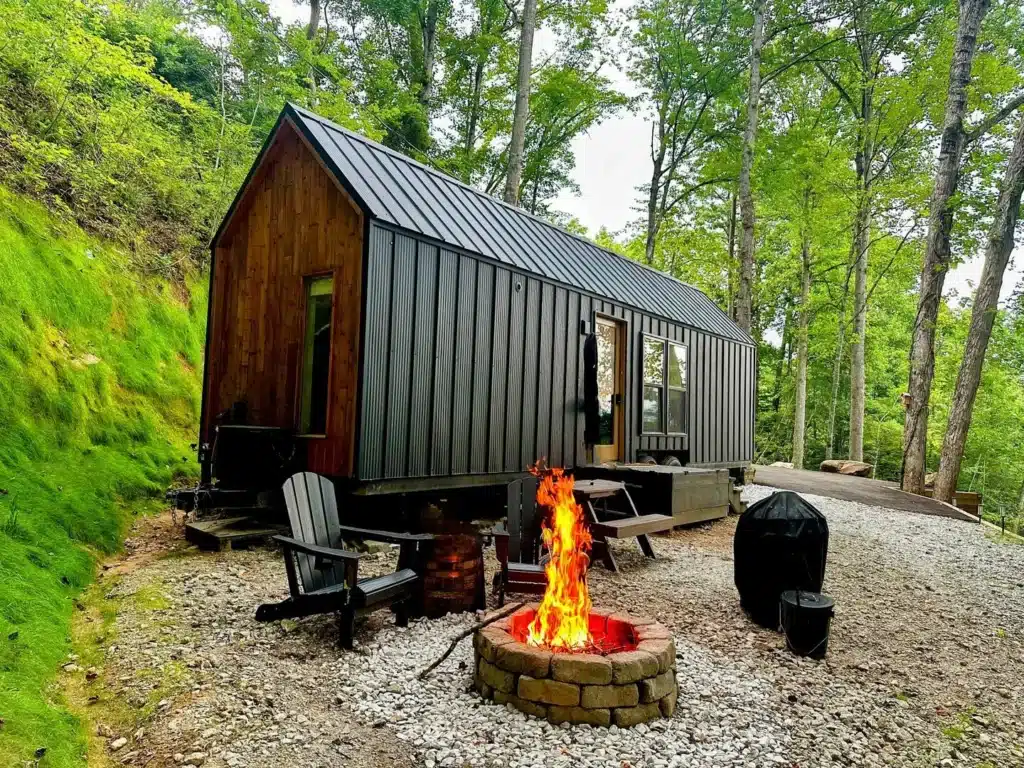
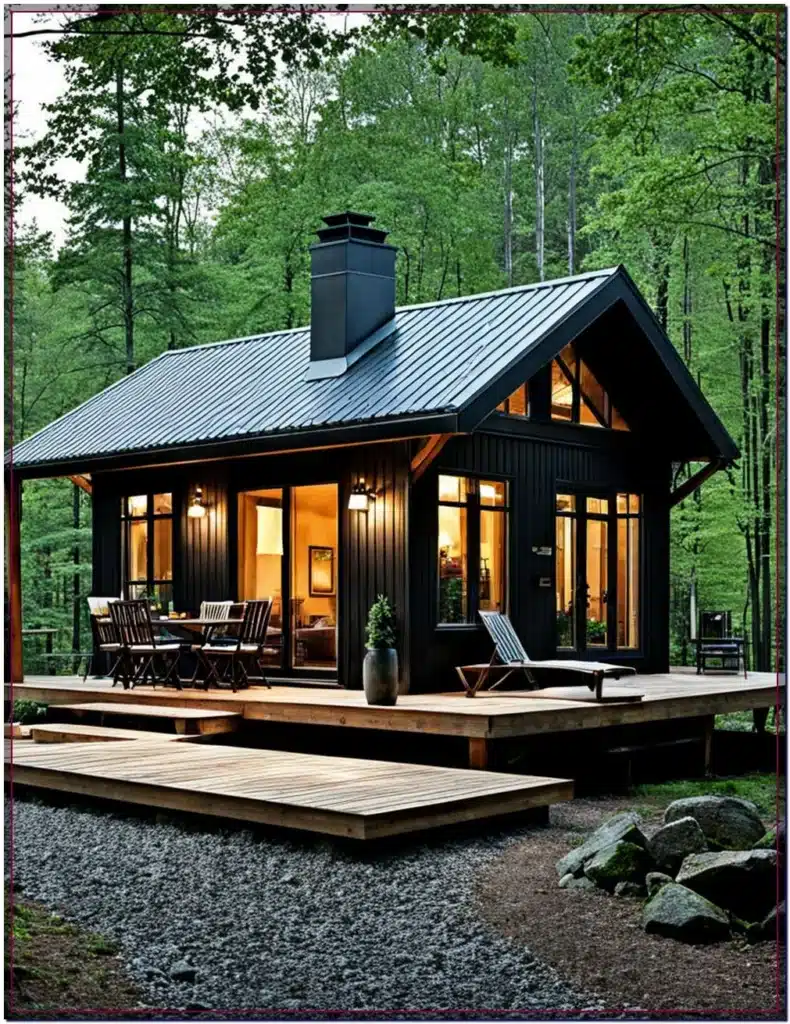
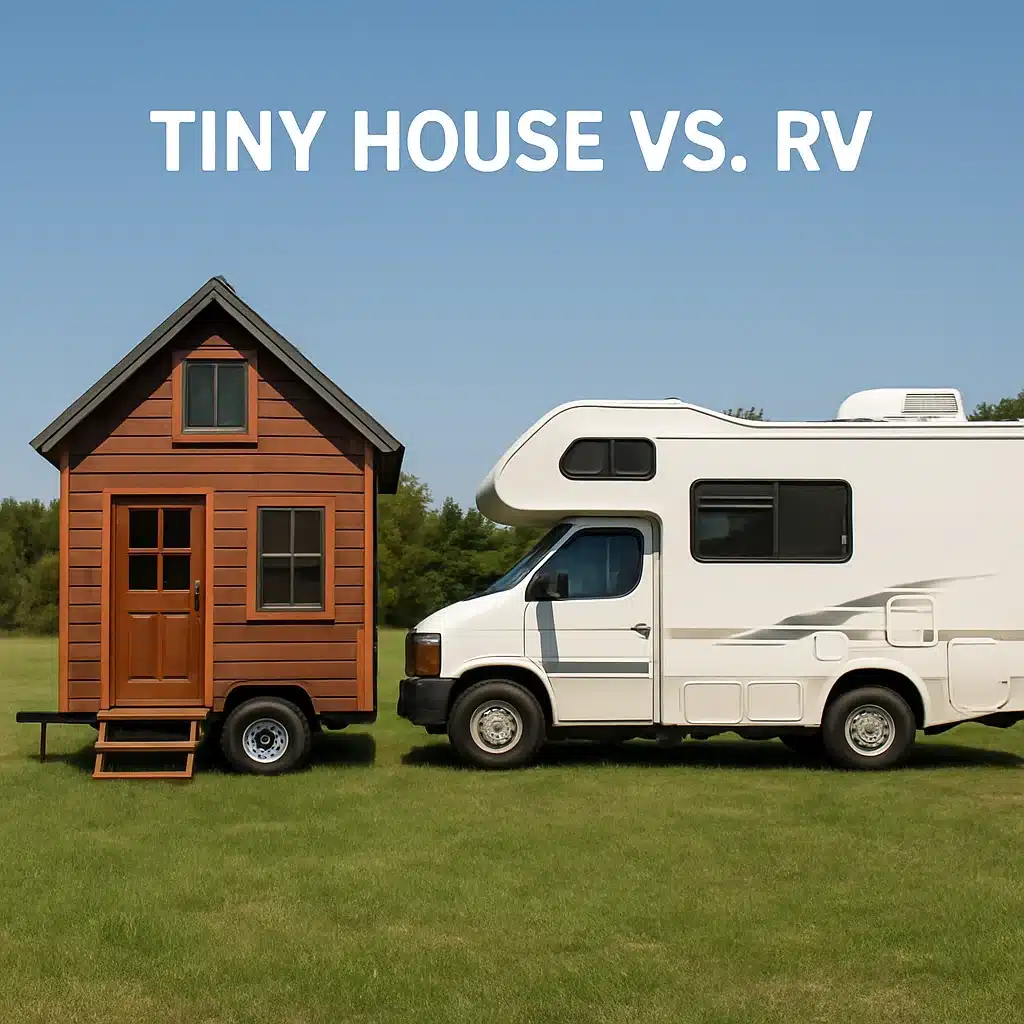
I already live off grid, about 59 miles from the nearest town. I have solar to 1750 watts plus a new generator. I also have a composting toilet and a 2500 gallon water storage tank. I also have two tiny houses. An 8×16 shed that is my dog house for my 7 large dogs. The other tiny house shed is a 10×28, with an 8 ft front porch. I need a tiny home that has solar, composting toilet , and big enough for me to be comfortable in.
Hi Melayne,
Wow, it sounds like you’ve already built an impressive and truly self-sufficient off-grid setup! Having two tiny houses, solar power, a generator, a composting toilet, and a large water tank is no small feat—plus taking care of 7 large dogs!
Warm regards,
Team TopTinyHouse.